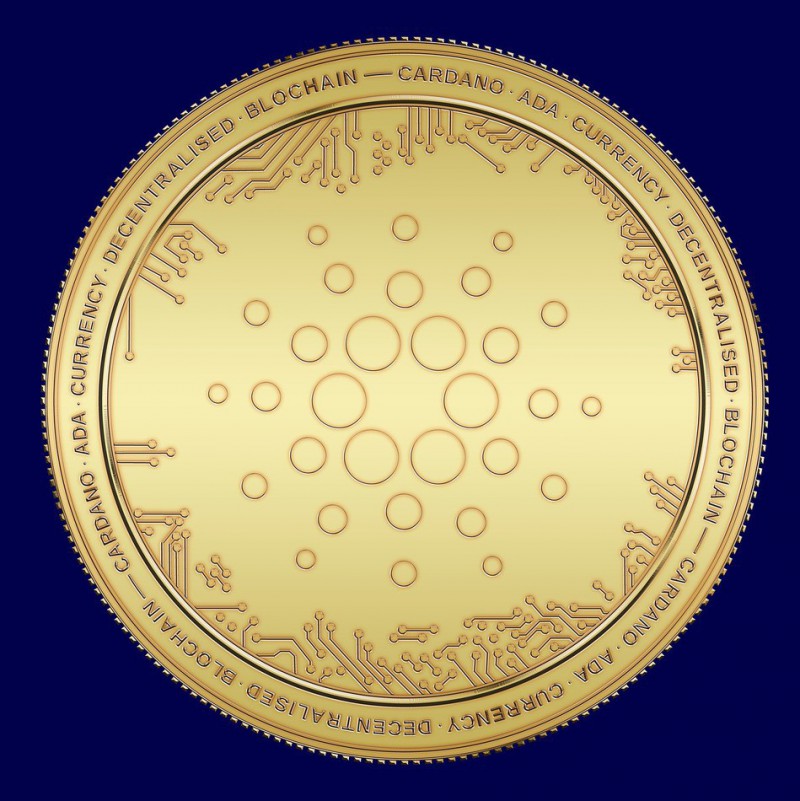Things have changed since, and not only because of the bear market. Cardano has been very slow in delivering real results, and upon delivery, market reaction was often rather apathetic. The recent hard fork was barely noticed and no major-league DApp has been built. Does it mean it’s time to dismiss Cardano?
What is Cardano?
Charles Hoskinson, CEO and co-founder of Input Output Hong Kong (IOHK), the company behind Cardano, likes to preach the “slow and steady” approach. He tackled Cardano development like a scientist, insisting on academic peer review of its algorithms, and as it often happens in science, things took time.
The resulting Proof-of-Stake blockchain had a major difference from Ethereum (of which Mr Hoskinson was co-founder): transactions are recorded not as changes in the states of blockchain addresses (account-based model), but as inputs and outputs (a version of Bitcoin’s UTXO model).
Cardano launched its staking service in summer 2020 and added a smart contract functionality in autumn 2021, allowing developers to build DApps. On September 22, the blockchain activated the so-called Vasil hard fork intended to improve its scalability and make it easier to build DApps.
Real use lags behind expectations
The DApps, as well as their use, are the ultimate measure of a blockchain’s success – and so far, Cardano cannot really be called successful.
Cardanocube, one of its main activity trackers, lists only 400 utility DApps and the same number of NFT projects, but they are still rather invisible on a larger scale. Many observers find that the blockchain still lacks a meaningful ecosystem, strong projects built on it, and an active community.
This does not seem to bother Mr Hoskinson, who is quite vociferous on Twitter, arguing that Cardano is a “live network running for years that is both stable and secure”. Some Ethereum contenders that get regularly clogged – like Solana for example – cannot say the same thing… but then, their activity is so much higher. While Cardano reports an actual TPS (transaction per second) of 1-2, Ethereum is doing 15-30, and Solana – almost 3’000.
Potential advantages
Does it mean that Cardano is a lost cause? Maybe not just yet.
Amidst growing concerns of Ethereum centralization, which might threat the blockchain’s censorship-resistance and led to arbitrary blocking of some addresses based on their on-chain activity, an alternative book-keeping method, which is UTXO, can come in handy.
Cardano is the only smart contract platform using a variant of UTXO, and this could play some role in the future balance of power in the crypto space.
Another card that Cardano team can play in the future in Africa. The continent has one of the highest levels of grassroot crypto adoption: millions of Africans use crypto for remittances and other cross-border payments, as hedge against extreme volatility and inflation of local currencies, as well as means to participate and earn their living in the global web3 economy.
Back in April 2021, IOHK partnered with the Ethiopian government to launch a decentralized identity (DID) solution that will allow some 5’000’000 Ethiopian students to have their academic achievements safely stored on Cardano and managed by the students themselves. This would have been a great inroad into the DID business in Africa, which is more than ripe for it: DID is the solution to bypass corrupt or unsecure local administrations, siloed data and many other problems.
However, IOHK has been true to itself, and the project hasn’t yet crystallized into anything concrete, albeit recent company communications announce its roll-out “in the next two months”.
All in all, it would be too early to dismiss Cardano. It is still eights-biggest blockchain with a market cap of $14.5 billion (source: Coingecko) and an average of 387 active developers per month, according to github submissions measured by Santiment, a blockchain analytics firm, in July 2022. While Ethereum has an estimated 4’000 monthly active developers, Solana – around 1’000, and Bitcoin – 500 (source: bankless), Cardano’s 387 is a decent number, on pair (and sometimes higher) with blockchains like BNB chain, Polygon or Polkadot.
So while the overall market perception of Cardano has undoubtedly suffered from its sluggishness, it may still hide its share of surprises.
Written by D.Center






